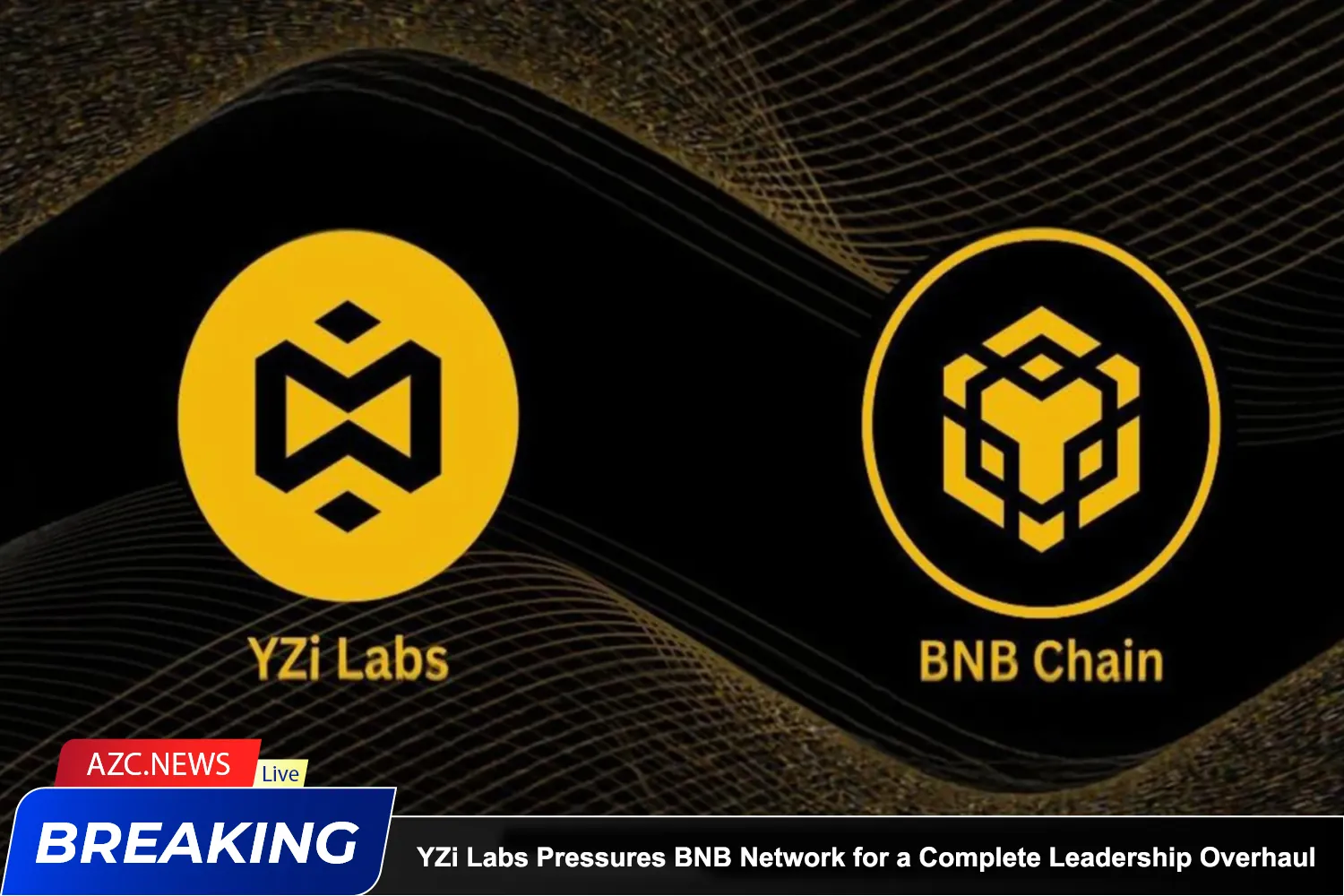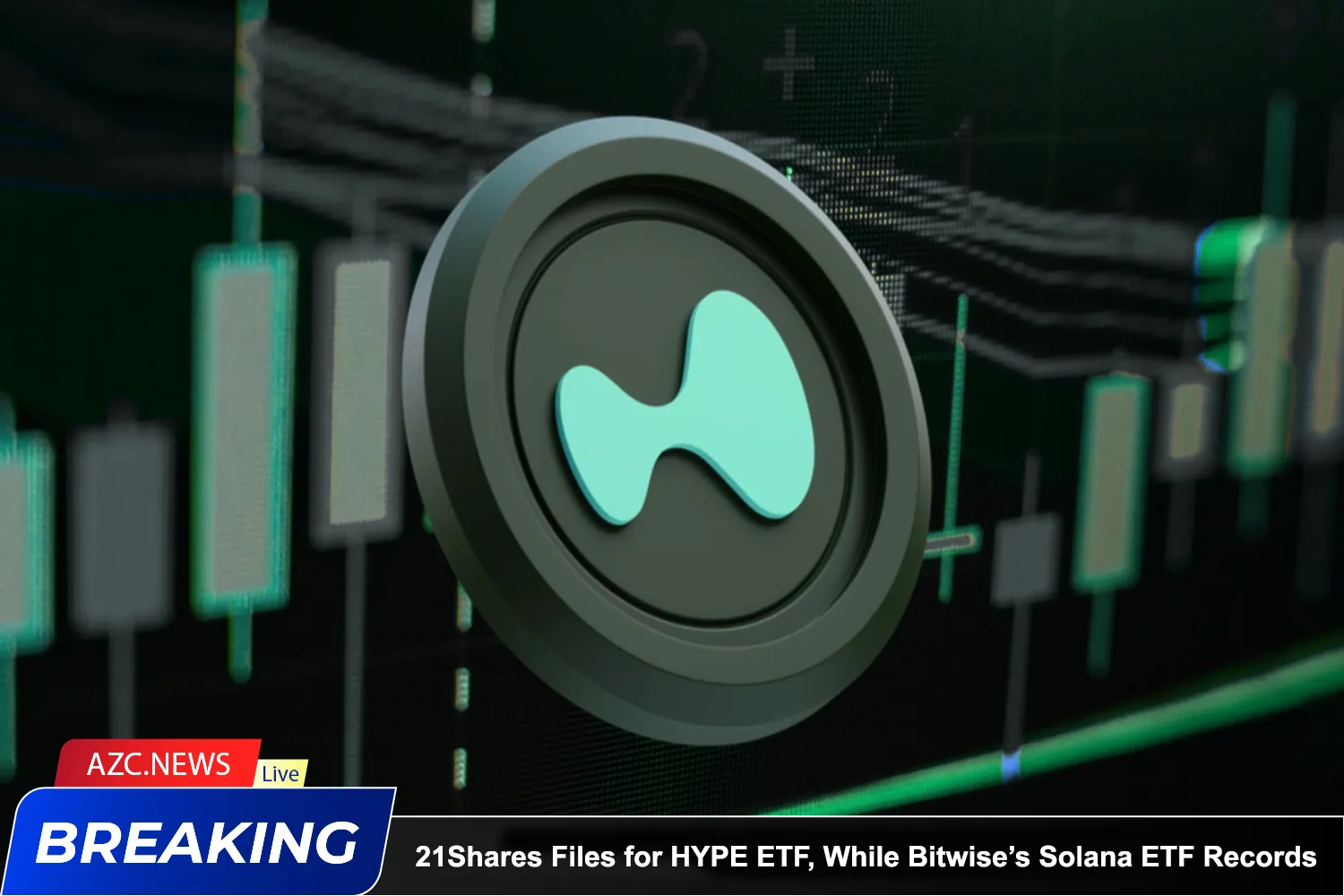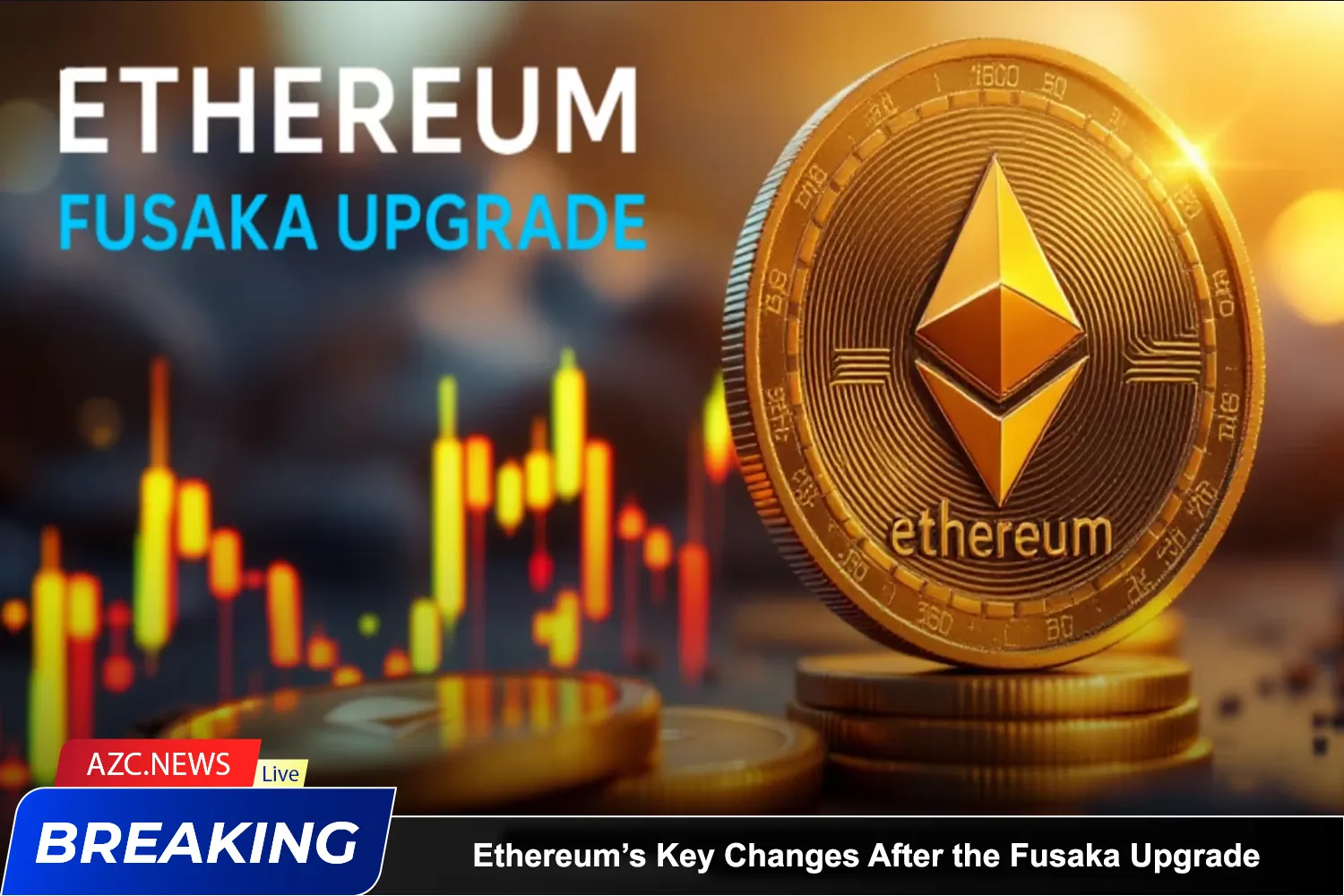What is Camelot?
Camelot is a decentralized exchange (DEX) built on Arbitrum to facilitate users to trade, swap tokens and stablecoins. Camelot’s goal is to build a community-driven DEX with flexibility and sustainability while meeting the high demands of user experience.
Camelot interface
Unlike popular DEXs like Uniswap or SushiSwap, which often own highly liquid cross-chain asset pairs like USDC/ETH or ETH/wBTC, Camelot is taking a unique approach by collecting siphon liquidity from other DeFi projects on the Arbitrum ecosystem through partnerships. With this approach, users will benefit in the long run, as Camelot creates deep liquidity for themselves and the entire Arbitrum ecosystem.
Related: What is Arbitrum? Things to know about Arbitrum
Products of Camelot DEX
Camelot has 4 main products, including: AMM, spNFT, Nitro Pools and Launchpad.
AMM
AMM (Automated Market Maker) is Camelot’s core product. Camelot AMM will have a dual-liquidity mechanism to minimize slippage for users when trading both high volatility (altcoin) and low volatility (stablecoin) currency pairs.
In addition to dual-liquidity, Camelot AMM also introduces a “flexible transaction fee” mechanism that changes based on market conditions and the protocol’s own intentions. This mechanism allows transaction fees to be individually customized for each different currency pair, or also calculated differently based on the buying or selling direction.
For example: According to the image below:
-
ETH/USDC pair, buying ETH must pay 0.05% fee, selling ETH must pay 0.2%
-
StETH/ETH pair, buy stETH to pay 0.02%, sell stETH to pay 0.04%
Camelot AMM’s mechanism of action
This flexible trading fee model allows Camelot and liquidity providers the freedom to decide which currency pairs to encourage traders to trade or encourage them to buy or sell based on pre-existing calculations.
So, if the project intends to launch a token, they can work with Camelot to decide how to design the fee mechanism to encourage users to transact more, or to minimize selling pressure.
Staked Positions – spNFT
According to Camelot, the farming model of old AMMs has a weakness in that the rewards and interest rates returned to liquidity providers (Liquidity Providers) are paid equally based on the proportion they contributed.
However, Camelot wants to consider the time factor. Long-term farmers should be rewarded more than short-term farmers. spNFTs is the solution to this problem.
spNFT is Non-fungible staked positions. When providing liquidity to a pool, deposit LP Token into the contract, spNFT will be minted accordingly, this is proof of the user’s deposited assets. They will save information such as the position lock time and spNFT is also allowed to be transferred between wallets. However, only wallets holding spNFT have the right to withdraw the original assets back.
Mechanism of action of spNFTs on Camelot
So how is spNFT different from regular LP Tokens in other DEX? Here are some differences:
-
spNFT are interest-bearing tokens, they will automatically accrue interest to their owners.
-
Each spNFT has its own parameters (volume, APY, bonus level according to lock time, position lock selection time,…).
-
SpNFT holders can fork or send them freely.
-
spNFT can receive additional rewards from the protocol based on the position lock time and be staked again to increase profits.
spNFT is suitable for everyone from individual users to projects, to freely create their own strategies through spNFTs.
Nitro Pools
Nitro Pools are specific pools specifically designed to meet the needs of spNFT. Using Nitro Pool will allow users to earn additional interest when holding spNFT representing the currency pair recorded on the Pool.
GMX-USDC Nitro Pools
While using Nitro Pool, users can still add, withdraw, or harvest their rewards flexibly. Nitro Pool creators can also adjust the following parameters to prioritize holders and genuine contributors to the project:
-
Specify the minimum amount of spNFT when staking into the pool
-
Specify a minimum lock time or specify a specific unlock time
-
Specify which wallet addresses have the right to stake spNFT into the pool
Launchpad
Similar to other DEXs, Camelot also has Launchpad integrated right into the interface. This is where tokens are launched to the community for new projects born in the Arbitrum ecosystem.
Camelot Launchpad
Until now, there have been two Launchpad projects on this protocol: Neutra Finance (raise $390,000) and Camelot’s own GRAIL token (raise $3.8 million).
Highlights of the Camelot project
Attract liquidity from partners on the Arbitrum ecosystem
Camelot aims to attract liquidity from projects on Arbitrum by incentivizing rewards to liquidity pools through partnerships that have partners providing liquidity on its own platform. The association with projects gives Camelot a strong and long-term liquidity from the projects as well as benefits from marketing through its partners.
Currently Camelot’s partners include: PlutusDAO, GMX, JonesDAO, Buffer Finance, Sperax, GMD protocol… This model helps Camelot attract a deep and long-term liquidity, which will help Camelot’s users Benefit from low slippage transactions, being able to trade with large volumes.
Dual-token system mechanism
Camelot has created two tokens to serve the protocol, including GRAIL and xGRAIL. Users can obtain both tokens through farming activities on Camelot.
However, xGRAIL has many benefits over GRAIL. To convert from xGRAIL to GRAIL, users must go through a vesting process, while GRAIL can be converted to xGRAIL at any time.
This Dual-token System mechanism helps Camelot control selling pressure from users after farming on the platform. This helps the protocol maintain stability and balance supply and demand in the ecosystem. In addition, those who accept the conversion from GRAIL to xGRAIL will enjoy more incentives and yields.
What are GRAIL and xGRAIL tokens?
GRAIL Token Key Metric
-
Token Name: Camelot Token
-
Ticker: GRAIL
-
Blockchain: Arbitrum
-
Token Contract: 0x3d9907F9a368ad0a51Be60f7Da3b97cf940982D8
-
Token Type: Utility
-
Total Supply: 100,000 GRAIL
-
Circulating Supply: 11,304 GRAIL
xGRAIL Token Key Metric
-
Token Name: Camelot Escrowed Token
-
Ticker: xGRAIL
-
Blockchain: Arbitrum
-
Token Contract: 0x3CAaE25Ee616f2C8E13C74dA0813402eae3F496b
-
Token Type: Governance & Utility
-
Total Supply: 100,000 GRAIL
-
Circulating Supply: 11,304 GRAIL
GRAIL & xGRAIL Token Use Cases
GRAIL and xGRAIL have different applications. As mentioned above, holding xGRAIL always has more functions than GRAIL, specifically:
-
Receive a portion of transaction fees from the platform (dividends)
-
Gain more yield boost (Yield Boosters)
-
Get whitelist priority and discounts when joining Launchpads
-
xGRAIL will serve as the governance token of Camelot DAO.
xGRAIL & GRAIL Token Use Cases
However, xGRAIL cannot be sent to another wallet or freely traded on the market, and the transfer time from xGRAIL to GRAIL takes from 14 days to 6 months. The conversion rate will depend on the vesting time, such as a ratio of 1:0.5 will apply for a 14-day vesting period and 1:1 will apply for 6 months.
Meanwhile, GRAIL can be freely bought and sold on the market and can be exchanged for xGRAIL at any time. This mechanism will help Camelot properly reward users who really want to accompany the project through xGRAIL and reduce the selling pressure on GRAIL.
GRAIL Token Allocation
GRAIL is distributed proportionally as follows:
-
Liquidity Mining: 22.5% (rewards are divided into 15% GRAIL and 85% xGRAIL)
-
Core Contributors: 20%
-
Public Sale: 15% (pay less than 5% xGRAIL and 10% GRAIL)
-
Protocol Owned Liquidity: 10%
-
Partnerships: 10%
-
Reserves: 8%
-
Genesis Nitro Pools: 5% (pays under xGRAIL)
-
Ecosystem: 5%
-
Development Fund: 2.5%
-
Advisors: 2%
Token Release
Token Release
All items such as Liquidity Mining, Core Contributor, Reserves, Development Fund, Advisor are not locked and are paid in installments within 3 years starting from TGE. Partnership’s tokens are locked for the first 6 months and gradually opened within 2 years.
Public Sales will be paid 5% as xGRAIL and 10% as GRAIL. Genesis Pool is paid in xGRAIL and vesting within 6 months.
Where to buy GRAIL Token
Users can purchase GRAIL Tokens through the following platforms:
-
Centralized Exchange (CEX): BingX, Bitget, BKEX, MEXC
-
Decentralized exchange (DEX): UniSwap V3 (Arbitrum), Camelot
Reputable GRAIL token storage wallet
Since GRAIL is an Arbitrum network token, users can store it on all wallets that support layer 2 Arbitrum such as: Metamask, Trust Wallet,…
Development Team
To date, Camelot has not announced information about the project team.
Investors and partners
Camelot only raises capital through the community so there are no investors.
Camelot’s partners include famous projects on Arbitrum such as: GMX, JonesDAO, PlutusDAO, Buffer Finance…
Roadmap
Camelot has not yet updated their development roadmap until December 7, 2023. Investors can follow more latest updates about Camelot at the project’s official Twitter.
Roadmap
Similar projects
Similar projects to Camelot include: 3xcalibur, SolidLizard, Shell protocol…
Conclude
Through the above overview article about the Camelot (GRAIL) project, AZC News hopes readers will grasp basic information about this project to make their own investment decisions. Wishing you a successful investment!







